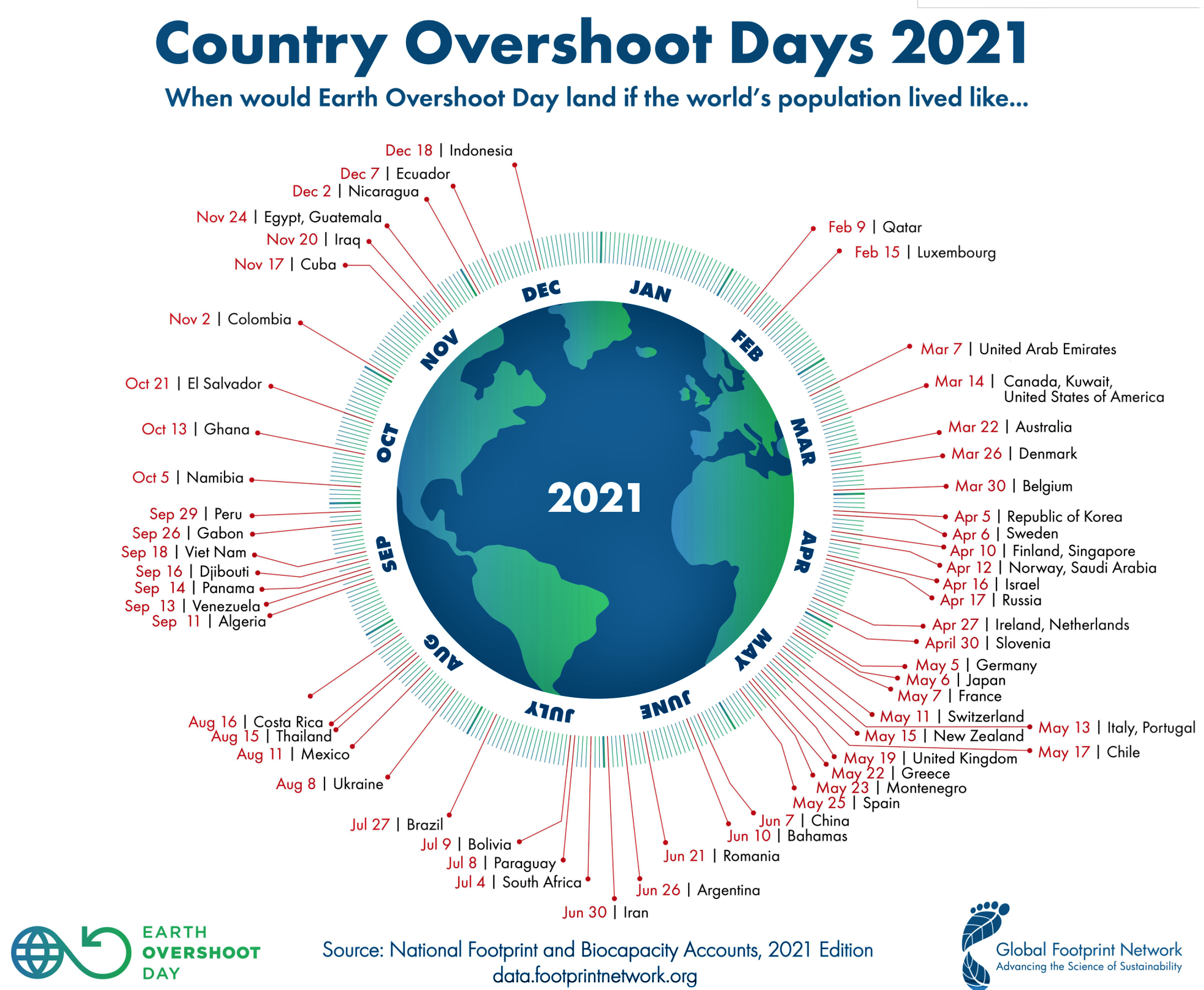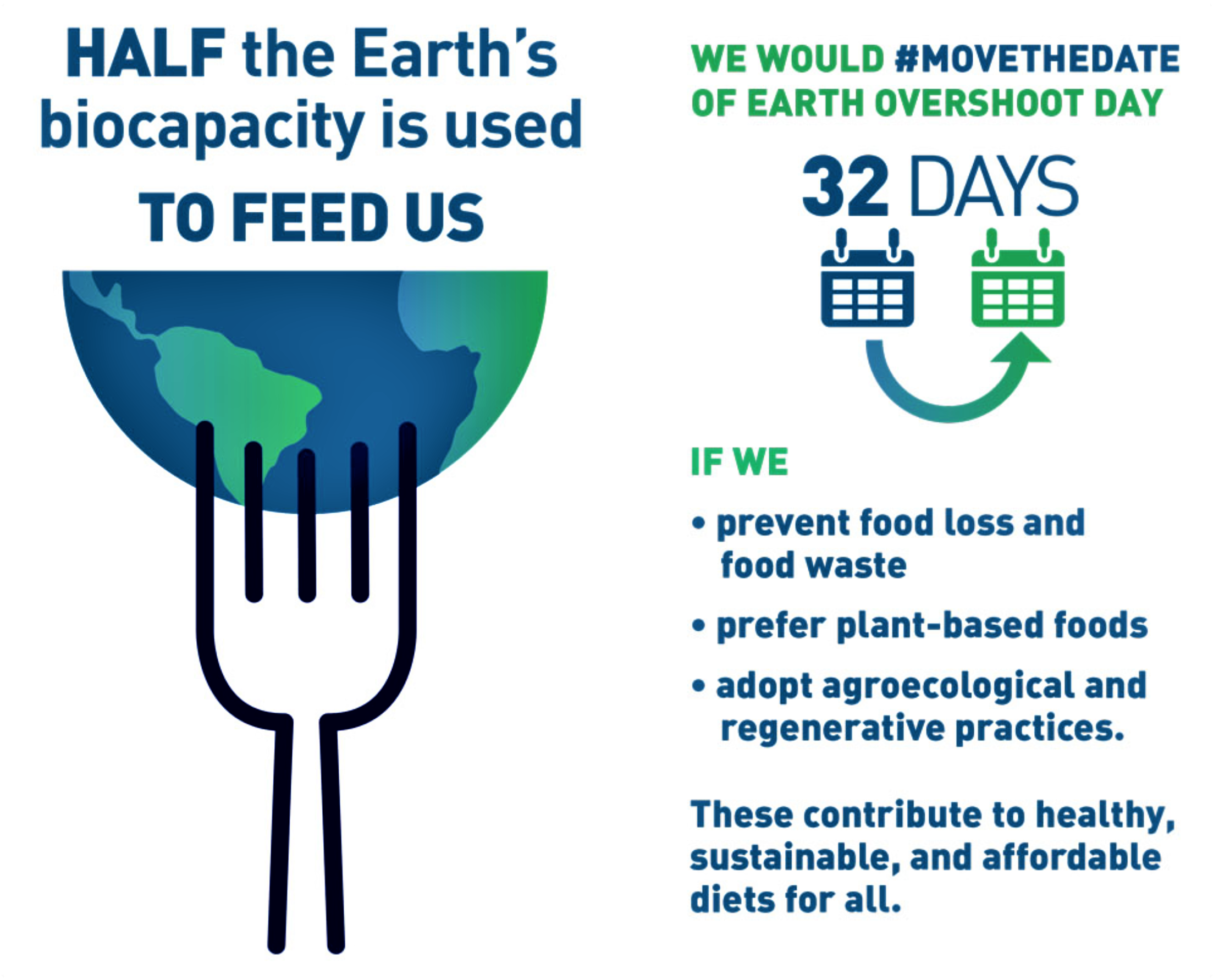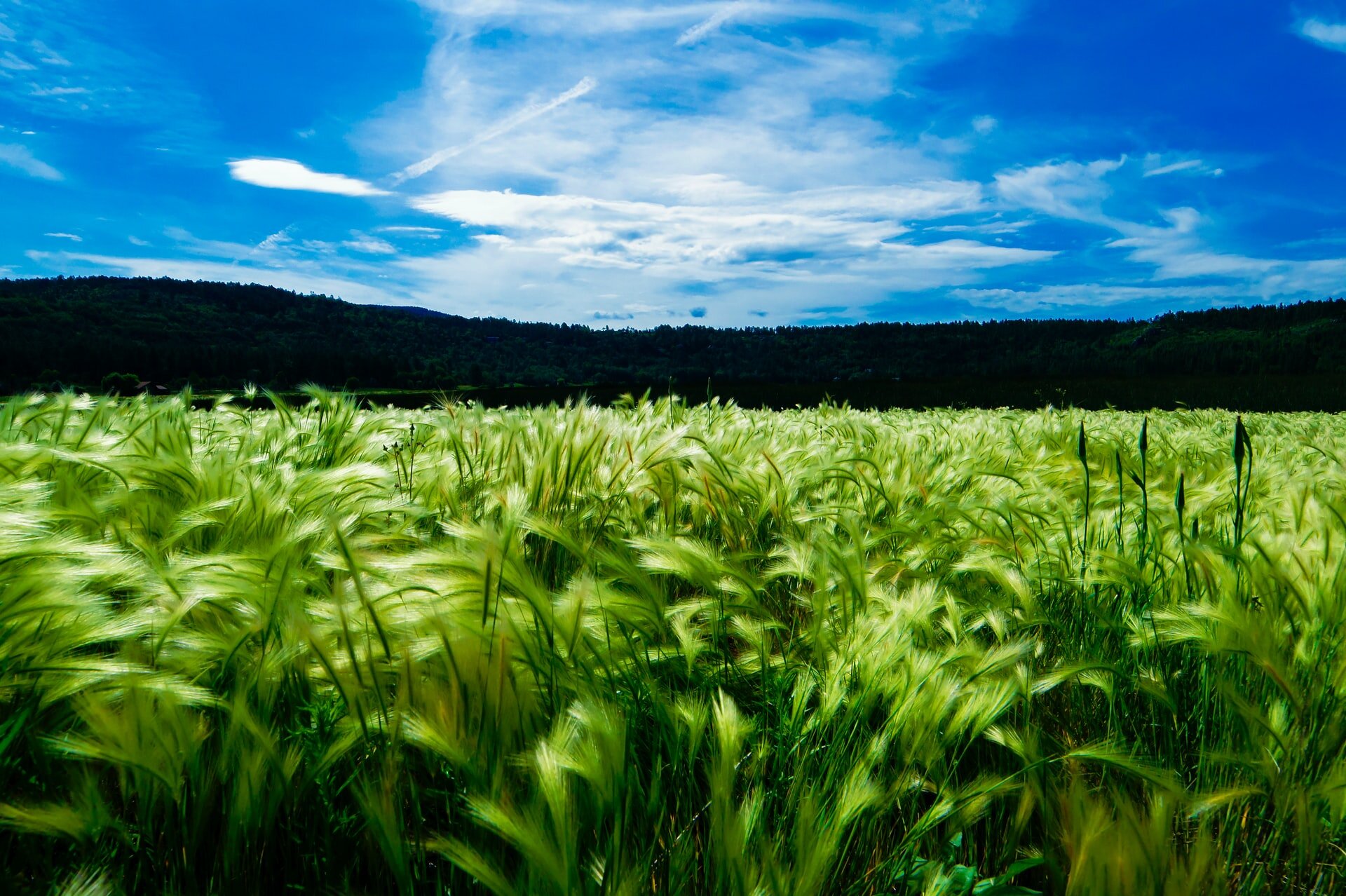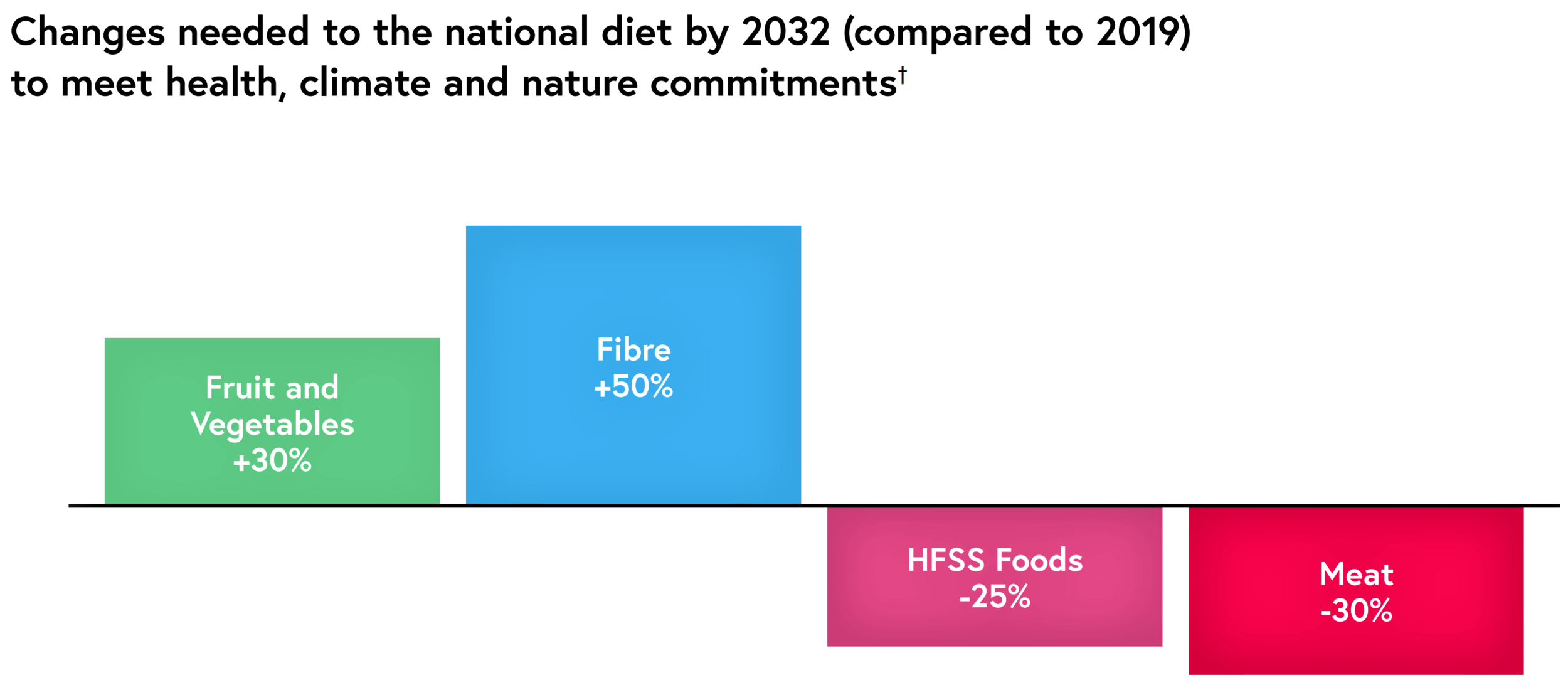Animals
Quantum Mechanics
How do migratory birds accurately navigate flyways between continents and over thousands of kilometres? Scientists thought it involved Earth’s magnetism but weren’t sure how, until now. Researchers have isolated a molecule in birds’ eyes that might act as a compass. A light-sensitive molecule called a cryptochrome absorbs light and produces a pair of electrons. The quantum-mechanical spins of those electrons are influenced by Earth’s magnetic field, showing the bird the way. The cryptochrome protein responds to magnetism and a comparison between migratory European robins and domestic chickens showed the proteins from the robins’ eyes were substantially more magnetically sensitive than those from the chickens. So it seems this is how the same song birds make their way back to your garden every year to nest.
Food
Alt-Protein Goes to School
Now that food companies are embracing new technologies to create alternative forms of meat, universities around the world are offering courses that will help launch the food workforce of tomorrow and provide a fast-growing industry with the expertise it needs. US examples include: UC Berkeley’s Alt Meat Lab, a cellular agriculture course at Tufts, CRISPR courses at Harvard and ReThink Meat courses at Stanford. Elsewhere, Singapore’s Nanyang Technological University has created an alt-protein course called “Future Foods —Introduction to Advanced Meat Alternatives”, Israel’s Hebrew University of Jerusalem has launched a pilot course, “Cultivated Meat and Plant-Based Meat”, and an introduction to cell-based meat is now available for postgraduates at the Federal University of Paraná in Brazil.
the Climate Crisis
Experts Petition For Changes to the Food System to Address Pandemic and Climate Threats
An international group of nearly 100 doctors, scientists, zoonotic disease experts and advocates are petitioning the Canadian government to reduce the threat of future pandemics and the spread of zoonotic diseases by restructuring its food and ag system. They are calling for a roadmap to shift Canada to predominantly plant-based foods. Because climate, health and environmental issues are inextricably linked, their call to phase out factory farming by 2030 would also significantly reduce the GHG emissions from animal agriculture as well as the environmental damage it causes. The experts also advocate shifting subsidies from the current system and creating a transition plan for farmers and food system workers to move from animal agriculture to produce plant-based foods.
words of wisdom
“Our collective overreliance on resource-intensive foods—particularly those produced from animals—has strained the viability of vital ecosystems and the capacity of our limited natural resources in a potentially irreversible way … We cannot afford to continue externalizing the negative impacts of current food systems and related dietary patterns, or perpetuating practices that knowingly degrade the air, water, and land we all rely on. Rather, we must embrace the technological developments taking place within the food sector that will allow both our communities and industries to thrive for the long term.“
– UN Senior Advisor, Dr. Albert T. Lieberg
Photo: Centre for Ecology and Hydrology
perspective
How to Keep Our Food System Within Earth’s Boundaries
Earth Overshoot Day for 2021 was July 29, the day when the annual capacity of our planet to replenish what we take from it ran out. We help ourselves to 74% more than global ecosystems can regenerate. It takes the resources of about 1.7 Earths every year to support living the way we do now. The above calendar compares the Earth Overshoot Day for different countries with the July 29 global average. The earlier the date, the higher the rate at which countries are consuming Earth’s biological resources.
While these figures represent the global biological balance sheet, three prominent experts are calling out the role of our food systems in helping drive Earth Overshoot Day earlier every year.
“The global food system is the single largest cause of the ecological and climate crises pushing Earth systems beyond the boundaries of a safe operating space for humanity”, said Jeremy Coller, chair of the $40-trillion FAIRR investor network, Johan Rockström, prominent climate scientist and director of the Potsdam Institute for Climate Impact Research and Dr. Gunhild Stordalen, executive chair of EAT Forum, in an Earth Overshoot Day commentary.
They went on to say, “Food systems shape societies and determine economic opportunity, but also drive the rapid spread of diet-related illness and threaten the vital ecosystem services — including clean air, fresh water, soil formation, pollination and climate stability — that make possible equitable prosperity and human existence itself.”
The three experts argue that animal agriculture plays an oversized role in the climate and biodiversity crises, with livestock using up nearly 80% of agricultural land. And beef requiring 20x more land and releasing 20x more GHG emissions per gram of edible protein than plant proteins, making agriculture responsible for a staggering 25% of global emissions.
“Hidden costs driven by industrial food systems pose a devastating threat to human health, the health of nature and the viability of our entire financial system and the wider economy.”
The experts cite one study that found the global food sector generates more in hidden costs like environmental damage, malnutrition and disease ($12 trillion) than it generates in market value ($10 trillion).
By eliminating food loss and waste, reducing meat consumption and choosing foods grown with more sustainable agricultural practices less reliant on fossil fuels, another month could be added to the Earth's biocapacity account. Shifting to more plant-based diets could help reduce food-related emissions as much as 70% by 2050, according to a recent draft report released by the UN’s Intergovernmental Panel on Climate Change.
To turn the tide, the three experts say we need to make sure the way we produce food is aligned with environmental goals e.g., cutting methane emissions from livestock and preventing the expansion of agriculture into natural ecosystems. “National commitments to curbing climate change and reversing biodiversity loss are impossible to achieve without transforming the world’s food system. It’s time for food to join the race to net-zero emissions by mid-century — to protect global food security and the health of people and ecosystems for generations to come.”
pet peeves
A light-hearted glimpse into the lives of our furry and feathered friends.
Don’t even think about it! This is so my nut …
The deeper dive
Photo: Thomas Pierre on Unsplash
A Blueprint For Food, Farm and Climate
The new National Food Strategy (NFS) for Britain, commissioned by the government, calls for a bold and comprehensive re-engineering of the country’s food system. It lays out the challenge in stark detail: the climate and environmental damage of the current food and farming system; the major and multiple impacts of unhealthy diets; the perversity of incentives that promote ultra-processed foods; and it directly addresses the overconsumption of meat.
The report recommends a broad range of solutions affecting food, farming and culture including: escaping the junk food cycle; reducing the burden on the National Health Service of treating diet-related diseases; a tax on sugar and salt to fund the provision of fruit and veg to low-income households; “Eat and Learn” programs for schools to learn healthy eating habits; measures to reduce diet-related inequality; reducing the abuse of antibiotics given to farm animals; and plans for transitioning farming to be more sustainable and more supportive of plant-rich diets.
One of the biggest challenges of the climate and biodiversity crisis is how to get governments, policy makers and businesses to take decisive action, especially on the controversial and politically sensitive topics of farming and food. This strategy is a detailed and holistic approach and it explains why action is urgently needed and how all of the variables can be addressed together. It lays out a blueprint for change and recommends specific measures for government to adopt.
Source: National Food Strategy. *HFSS: High in fat, sugar and salt
The reports calls for a 30% reduction in meat consumption by 2030, through farming and consumer incentives, but not a tax on meat. Numerous scientific studies show that richer nations need more radical reductions in meat and dairy consumption to effectively fight the climate crisis, and if accepted by the government, “the recommendation would be a world leading goal,” according to The Guardian.
“This is no time for half-hearted measures. If both government and businesses are willing to take bold action and prioritize the public’s health, then we have an incredible opportunity to create a much fairer and more sustainable food system for all families,” says celebrity chef Jamie Oliver.
Source: National Food Strategy
The report lays out the many challenges inherent in the farming system. The above chart showcases the inefficiency as well as the huge land and environmental footprint of current production methods.
Source: National Food Strategy
The above chart shows the health and environmental impacts of various foods. Overconsumption of red and processed meats increases the risk to both human health and the environment. Plant foods tend to be good for both people and the planet. Added sugar is a major driver of poor health but has a much lower environmental impact.
The National Food Strategy “is not only a masterly study of UK’s food problem, but it also constructs a framework wide enough to be deployed for studying the food problems societies face everywhere. The recommendations are detailed, convincing, and would be entirely implementable if we cared about ourselves and the world around us,” says Sir Partha Dasgupta, respected biodiversity expert and Professor Emeritus of Economics, University of Cambridge.
While the report has been criticized for not going far enough to tackle the climate and environmental impact of high emission foods like meat and dairy or setting enough hard targets, it is a realistic, practical blueprint to ramp up the transition to the low emission, more environmentally friendly, and healthier food and farming system needed to meet the climate, biodiversity and health crises. No government has yet embraced such a detailed and ambitious plan to take on this challenge and grapple with the sacred cows in the food and farming sector.
The British government is studying the report and says it will respond. Will it embrace the recommendations and take the necessary actions to lead the way on how we need to live on this planet?
fireworks don’t work for animals
While stunning to look at their sounds can terrorize animals. Noises generated by fireworks typically measure 150-175 decibels — similar to gunshots, and louder than some jet planes. The human ear risks damage at 75-80 decibels. The hearing of many animals is much more sensitive than ours e.g., dogs can hear up to 60,000hz, while we can’t hear above 20,000hz. This means the sudden, unexpected, explosive sounds of fireworks can cause animals overwhelming stress and anxiety. Exposing young dogs to fireworks can increase panic reactions to loud noises in the future. It’s estimated that 50% of dogs have a significant fear reaction to fireworks while cats and horses experience similar levels of stress exhibited by behaviours such as trying to hide or escape. Birds and other wildlife experience high levels of stress too. Disorientation and panic causes birds to crash into buildings and many flee from their nests abandoning their young. Some cities have banned fireworks and others are introducing alternatives such as laser light shows and low-altitude, low-noise, special effects pyrotechnics.
Good news
There’s a new app Optimise Meat Tracker designed by researchers at the University of Oxford’s Livestock, Environment and People (LEAP) program to encourage people to eat less meat using the same psychology as weight-loss apps.
The app requires logging on to your computer each morning, recording how much meat you ate the previous day (the number of portions of red meat, poultry, fish or seafood) and then selecting a goal for the next 24 hours e.g., “try a meat-free alternative”, “double the veg – halve the meat” or “make your lunch and dinner vegetarian”.
You’re then asked to think through when and how you’re going to meet your goal, what might make it difficult and how you’d overcome that. Studies have shown that if people plan how to accomplish a goal, they’re more likely to achieve it. And there’s evidence that people tend to underestimate how much meat they eat so monitoring it can help reduce intake.
Breaking old habits and being persuaded to try something new is crucial to change, and the app encourages experimenting with meat-free alternatives and other strategies to build new eating habits.
Also, because people are often unaware of the impact of their meat consumption on their health and the environment, the app tells you at the end of each week how much you’ve reduced the GHGs you’d be responsible for, and what percentage you’ve reduced your risk of dying from cancer or cardiovascular disease based on the amount of meat you ate.
Data Points
A recent Mintel survey of climate attitudes in 16 countries shows that 54% of people say there is still time to save the planet and 51% say their behaviour will make a difference.
GHG emissions per serving of chicken are 11x higher than plant protein, according to the Good Food Institute.
The inefficiency of animal farming is evidenced by the poor conversion rate of raising livestock using feed crops to produce only 37% of the calories from the global food system while occupying 83% of all agricultural land.
British researchers have a recipe for changing the UK food system: more balanced diets leading to better health outcomes (fewer diet-related deaths and diseases) and increased British farm production. This would be achieved by converting 25% of existing agriculture subsidies to support local production of fruits, vegetables, legumes and nuts which would lead to a 20% increase in production of these foods and make home-grown healthier foods available for British consumers.
charting our path
Our food system causes widespread disparities. Globally, more than 39% of adults and 18% of children under 19 are overweight or obese — mostly in the developed world (including 70% of US adults and 67% of UK adults) — leading to higher rates of disease and health costs. However, being overweight and obese is increasing in middle income countries as they adopt the western diet. Meanwhile, in the developing world, almost one billion people suffer from malnutrition or undernutrition.
The EAT Lancet diet was developed to strike a balance between healthy nutrition and environmental sustainability on a global scale. Aside from poor health, the high level of consumption of meat and dairy in western nations has also had a disproportionately negative impact on the climate crisis, the environment and biodiversity loss. The experts at EAT Lancet recommend western countries radically reduce their intake of meat and dairy to reduce the climate and environmental impact of the production of these foods.
riveting reads
In a new report, a UN food and ag expert illustrates the vast scale of natural resource depletion and threats to public health resulting from conventional meat and dairy consumption, and the need for investment in alternative protein to help solve the climate, environment and biodiversity crises.
The global food system must evolve, nations should invest in alt-protein
A respected environmental advocate challenges the sustainability claims of the Canadian beef industry (The Hamilton Spectator).
Beef industry won't protect climate scorched Canada
A detailed analysis of the astonishing concentration of power in our food system (The Guardian).
Revealed: the true extent of America’s food monopolies, and who pays the price
A heartwarming story of a farmed animal sanctuary (The New York Times).
A cow retirement home in Germany













